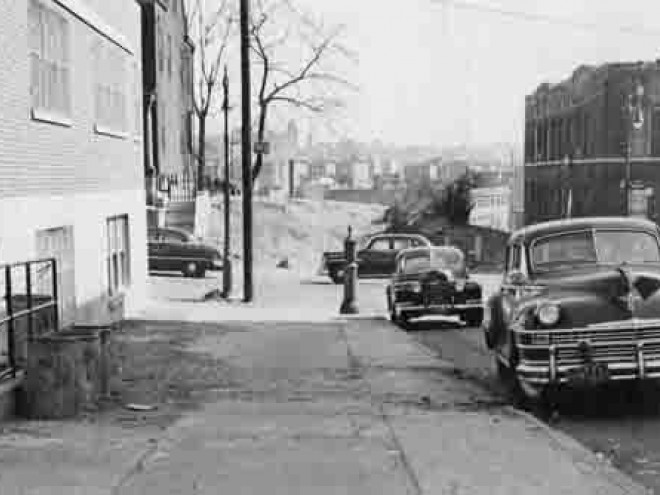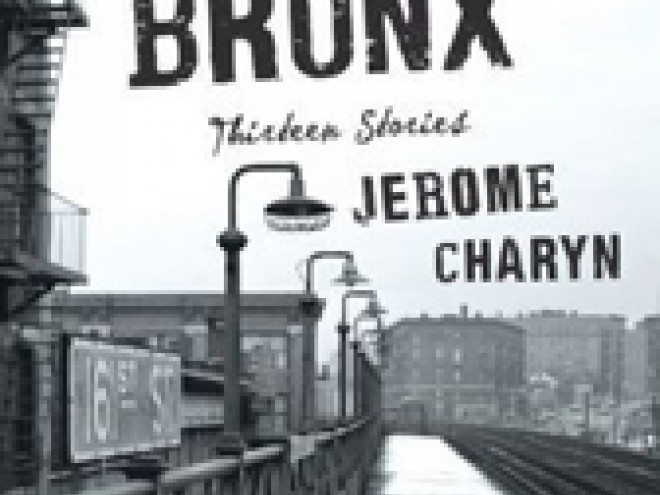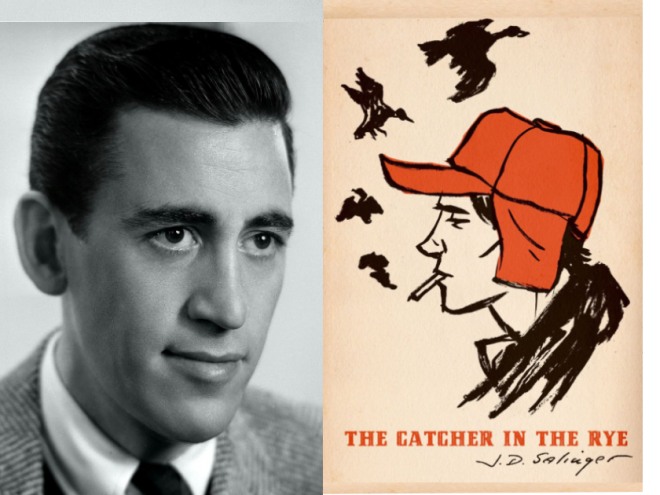Jerome Charyn was born in the Bronx, where dreams were possible. He does not return with warm, fuzzy nostalgia. The stories in this collection begin with early images Charyn gathered as a young boy. Dormant but fermenting, they are now brought to life for us to consider. More often than not, they are bitter, not bittersweet.
Bitter Bronx moves back and forth between descendents of Charyn’s generation and a colorful sampling of all who followed, introducing men and women who have come to live in one section or another, struggling to exist with dignity and love. Among the group is Howell, the super’s son, returning after many years to the Grand Concourse, who realizes upon a surprise reunion with his first love, the building owner’s “Jewish princess,” that he will always be the super’s son and couldn’t get out of there fast enough! Young “Adonis,” an art student, tries to leave the Bronx but discovers its hold is like a chain. After serving time in prison, Angela, a Latina, works on Arthur Avenue. She finds herself entangled in the power struggle between the Italians and the Albanians, and her love for a gentle guy from Montana. Will Johnson, a momentary Yankee success, returns to the south Bronx, the section notorious as “the poorest, most crowded barrio east of the Mississippi.” In an unlikely situation, he falls in love with Laurencia, a beautiful, Irish redhead. As time and conditions dictate, they live at the mercy of the local drug lords.
Eddie Carmel, the Jewish giant, and his lifelong friend, Dee, the photographer of freaks, take us on an emotional journey leaving us with haunting images past and present. Jerome Charyn says, “I could have been that giant, with his curly hair and his cane, hovering over his tiny, bewildered parents, like some monster of the New World. I wasn’t eight feet tall, but I must have bewildered my own parents, who couldn’t understand my own silences and wolflike wanderings.”
In a wonderfully revealing author’s note, Charyn explains his path to writing the Bronx stories. He used the experiences and rewards of his teaching career; a personal knowledge of street life gleaned from his brother, a homicide detective; a single, iconic photo by Diane Arbus; and a revelatory moment when in the Bronx on location for a documentary, he spots a single sign: “SAME DAY OCCUPANCY”. But the driving force is his determination to expose the results of “Robert Moses, our master builder [who] believed he could rescue the borough by building a highway right through it.” Instead, the Cross Bronx Expressway did the opposite: it divided the land into north and south and contributed to the well-documented disastrous ruin of a beautiful landscape. These stories ferret out folks who survived. They are delivered with irony and compassion.
Related Content:
- Donna Minkowitz: Inheriting My Parents’ Anti-Semitism
- Ron Rubin: Editing the Smallest College Daily in America
- Just Kids from the Bronx: Telling It the Way It Was by Arlene Alda




